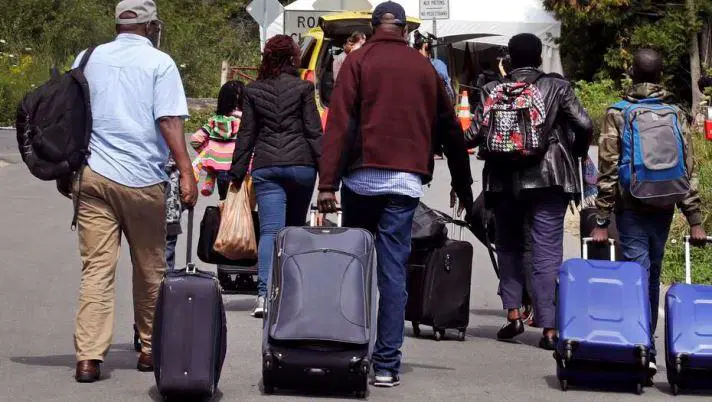By: Chioma Madonna Ndukwu
Starting July 3, 2025, a sweeping change in U.S. immigration policy will require asylum seekers and refugees to prove their marriages are legally registered with the government in order to qualify for spousal immigration benefits. Religious, traditional, or culturally specific marriages will no longer be accepted unless they are also officially recognized under civil law.
This new regulation is set to impact thousands of families, particularly from countries where civil marriage registration is not widespread, including Nigeria, Uganda, India, Afghanistan, and Somalia. For many refugees and asylum seekers, this means that marriages once considered valid may now be deemed unofficial, posing significant challenges for those seeking to reunite with their loved ones in the U.S.
The U.S. Citizenship and Immigration Services (USCIS) has made it clear that all marriages must comply with the legal standards of the jurisdiction where they occurred. This shift will affect all immigration applications filed after July 3, 2025, as well as pending cases that have not yet been decided.
The move is part of the U.S. government’s efforts to combat fraud within the immigration system by ensuring that only genuine, legally recognized marriages are used for immigration benefits. In response to the changes, the USCIS has urged couples to obtain a civil marriage certificate, even if they had a religious or traditional ceremony.
To further strengthen their applications, couples are advised to submit additional proof of their relationship, such as evidence of cohabitation, shared financial accounts, or children together. This policy change is the latest in a series of immigration reforms aimed at tightening regulations and reducing potential abuses of the system.
As the clock ticks toward the July deadline, many asylum seekers face the urgent task of ensuring their marriages meet the new requirements, adding an unexpected layer of stress to an already complex and emotional immigration process.


